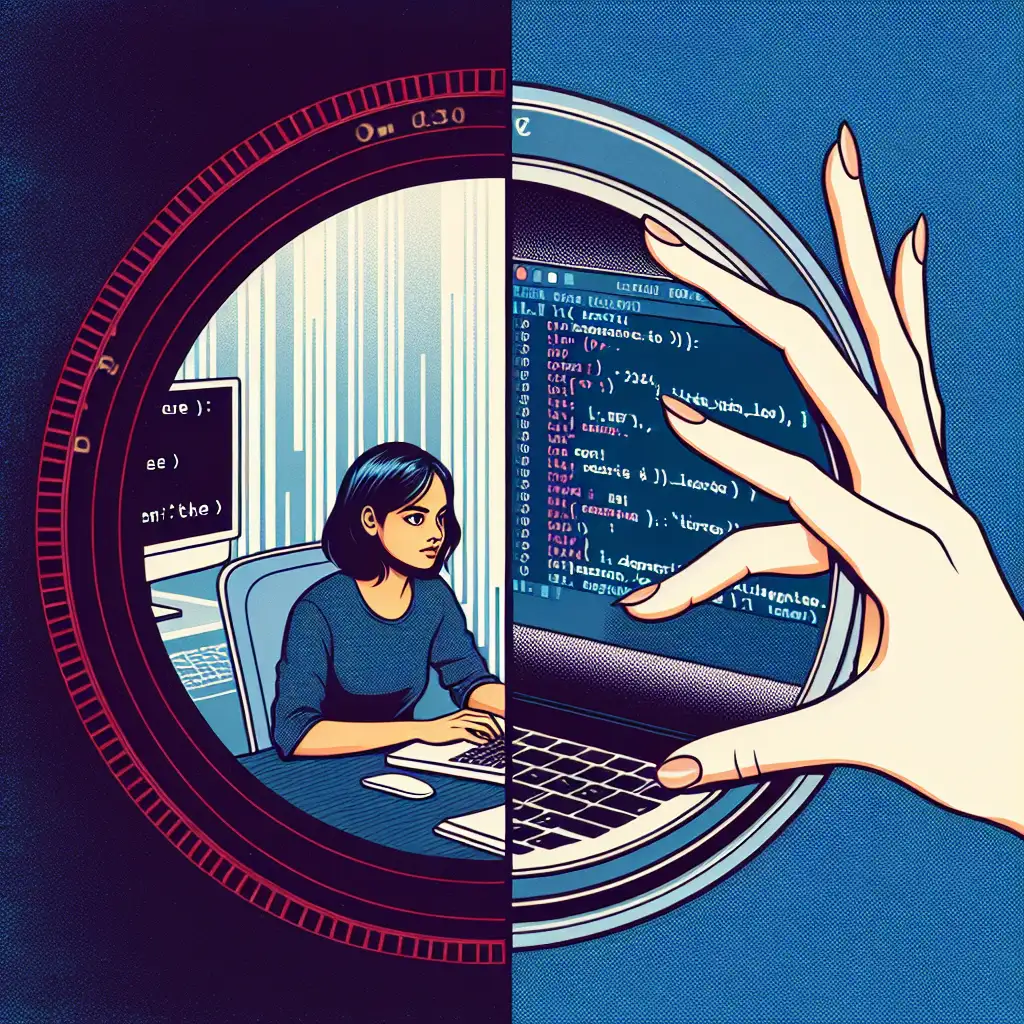Mastering Linux for Free: A Strategic Guide to Hands-On, Cost-Free Learning
Linux skills remain crucial as open-source systems power everything from cloud infrastructure to IoT devices. Whether you aspire to be a system administrator, developer, or DevOps engineer, gaining Linux expertise can significantly boost your career opportunities. The best part? You don’t need to spend a dime on fancy courses or expensive certifications to get there.
Forget expensive courses—real Linux expertise comes from targeted practice and exploring free, real-world resources that professionals actually use, not polished tutorials. In this guide, I’ll walk you through practical, zero-cost strategies to effectively learn Linux hands-on—no fluff, no paid subscriptions required.
Step 1: Get Comfortable with the Command Line (CLI)
The heart of mastering Linux lies in knowing the command line. Unlike GUI-based systems, Linux admins and power users live in the terminal.
How to start:
- Use your own computer: If you’re on Windows, install Windows Subsystem for Linux (WSL). This is free and lets you run a genuine Linux environment natively.
- Try a Live Linux USB: Download an ISO from Ubuntu, Fedora, or Mint—all free—and boot your PC from USB without installing anything. This gives real hardware experience.
Practice essential commands:
Begin with navigation and file operations:
ls # list directory contents
cd # change directory
pwd # show current directory path
mkdir # create new directories
touch # create empty files
cp # copy files/directories
mv # move/rename files/directories
rm # delete files/directories
Try simple projects like organizing files in folders or backing up documents manually using these commands.
Step 2: Use Free Online Resources Focused on Hands-On Learning
Instead of watching hours of generic videos, dive into interactive practice environments and real documentation.
Recommended resources:
- Linux Journey (linuxjourney.com): Free, structured lessons that build up from basics to advanced concepts.
- The Linux Command Line by William Shotts: A freely available eBook (linuxcommand.org/tlcl.php) that is practical and easy to follow.
- OverTheWire: Bandit (overthewire.org/wargames/bandit): A fantastic series of interactive security-focused challenges designed exactly like real-world scenarios.
Engage daily with these resources — even just 20 minutes each day adds up quickly.
Step 3: Build Real Projects on Virtual Machines or Cloud Free Tiers
Real learning happens when you build infrastructure yourself.
How:
- Install VirtualBox (free) and set up Ubuntu Server or CentOS VMs.
- Use free tiers from cloud providers like AWS Free Tier or Google Cloud Always Free. These allow you to run small instances where you can practice configuring servers remotely via SSH.
Example project idea: Set up a LAMP stack (Linux + Apache + MySQL + PHP)
- Launch your VM.
- From the terminal:
sudo apt update && sudo apt install apache2 mysql-server php libapache2-mod-php -y - Test your web server via browser using localhost IP.
- Experiment with file permissions and managing services (
systemctl start|stop apache2).
You’ll gain firsthand experience troubleshooting errors like insufficient permissions or port conflicts—skills no tutorial can replicate fully.
Step 4: Read Man Pages & Official Documentation
The power user’s secret weapon is man (manual pages). Whenever you're stuck:
man <command>
You get detailed info right from the system itself.
Example:
man ls
This teaches all options ls offers — understanding these options greatly increases your efficiency.
Additionally:
- Visit official distro documentation sites:
- Ubuntu Docs (help.ubuntu.com)
- Arch Wiki (wiki.archlinux.org) — one of the best extensive Linux knowledge bases.
Reading them ensures you're aligned with industry best practices.
Step 5: Join Communities & Contribute
Learning alongside others accelerates mastery—and it’s free!
- Join forums like Unix Stack Exchange or r/linuxadmin
- Help answer newbie questions; teaching solidifies knowledge.
- Contribute to open source projects on GitHub involving shell scripts or server automation tools (Ansible playbooks etc.)
Even simple bug fixes in scripts count as applied learning.
Final Thoughts
You don’t need costly certifications or paid classes to master Linux; you just need determination coupled with targeted actions:
- Use free environments like WSL or VMs for daily hands-on practice,
- Leverage excellent totally-free educational resources and real-world challenges,
- Read native manual pages and official distro docs,
- Build projects remotely on free-tier cloud instances,
- And actively engage in communities where you both ask and answer questions.
This approach not only saves money but molds practical skills highly valued by employers—skills that open endless doors in tech careers powered by open-source innovation.
Start today—your future Linux mastery awaits without breaking the bank!
